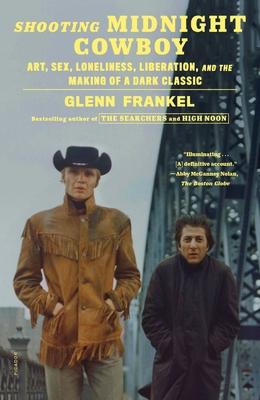"Much more than a page-turner. It's the first essential work of cultural history of the new decade." --Charles Kaiser, The Guardian
The Pulitzer Prize-winning journalist and New York Times bestselling author of the behind-the-scenes explorations of the classic American Westerns High Noon and The Searchers now reveals the history of the controversial 1969 Oscar-winning film that signaled a dramatic shift in American popular culture.

Book
Shooting Midnight Cowboy: Art, Sex, Loneliness, Liberation, and the Making of a Dark Classic
(Write a Review)
Paperback
$21.00
"Much more than a page-turner. It's the first essential work of cultural history of the new decade." --Charles Kaiser, The Guardian
The Pulitzer Prize-winning journalist and New York Times bestselling author of the behind-the-scenes explorations of the classic American Westerns High Noon and The Searchers now reveals the history of the controversial 1969 Oscar-winning film that signaled a dramatic shift in American popular culture.
Paperback
$21.00